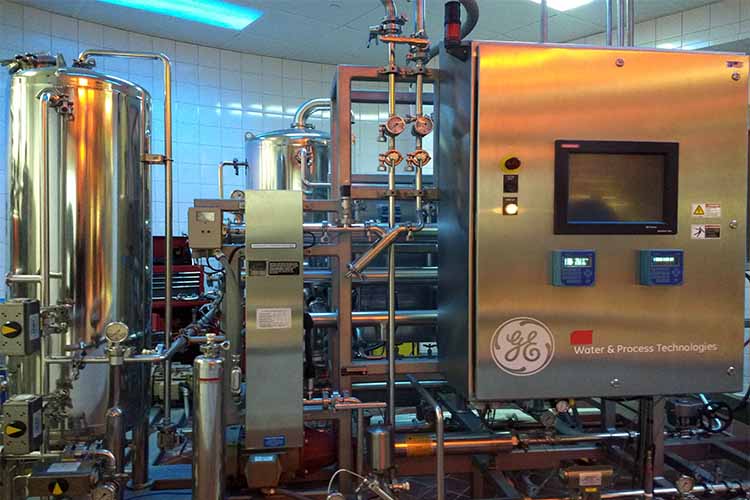Dust explosions have caused numerous fatal accidents over the years and food manufacturing plants are the most susceptible to these incidents especially the baking sector that uses lots of sugar and flour. Protecting your employees and your facility is key, but dust explosion risk factors aren’t always clear. Before we get into how you can keep your workers and facility safe, let’s check how these disasters occur:
How an Explosion Can Occur in a Food Processing Plant
Combustible dust is a great risk in the manufacturing of food product segments such as:
- Spices
- Bakery
- Crackers and cookies
- Cereals
- Snack food
- Blend and mixes
These products have products that have a certain degree of risk:
- Starch
- Flour
- Sugar
- Spices
Table sugar can be as flammable as wood which is basically made of sugar molecules linked together. These types of dust particles are highly flammable due to their surface area-to-volume ratio. If dust with more than 1/32nd of an inch is allowed to collect, and the other variables (oxygen, ignition source etc) come into play, there is an explosion hazard.
Preventing a Combustible Dust Explosion
OSHA and the NFPA recommend these steps to maintain a safe working environment:
- Dust Control
- Controlling the levels of dust in your facility:
- Start a program for dust inspection, testing, housekeeping, and control.
- Use the right filters and filtration systems.
- Reduce the escape of dust from the equipment and filtration systems.
- Use easy to clean surfaces.
- Check for hidden dust.
- Use cleaning methods that don’t generate a lot of dust.
- Use specialized vacuum cleaners that are approved and certified for dust collection.
- Place relief valves away from dust deposits.
Ignition Control
- Use the right electrical equipment.
- Make sure that static electricity is under control, including bonding of equipment to the ground.
- Control smoking, sparks, and open flames.
- Control mechanical sparks and friction.
- Use separator devices to extract foreign objects that are capable of sparking a fire.
- Keep dust away from heated surfaces and systems.
- Make sure that everything is maintained.
To keep your workers and facility safe, you should observe these steps and never cut corners.













